Best Painting strategy for OLD clapboards?
sarahandbray
11 years ago
Related Stories
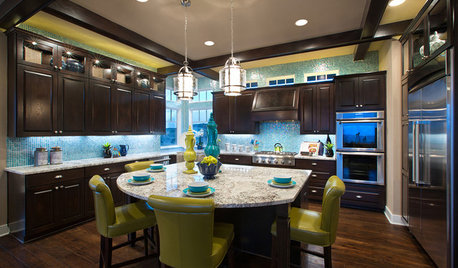
DECORATING GUIDESStrategies to Create Color Flow Throughout a Home — a Case Study
Unite your indoor and outdoor rooms with a consistent color palette, for cohesion and a polished look
Full Story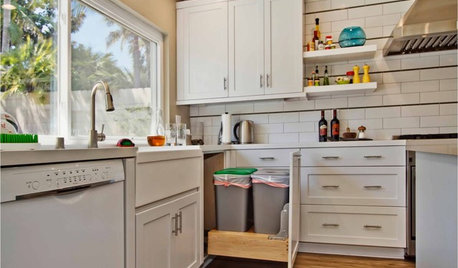
DECLUTTERING9 Exit Strategies for Your Clutter
How to efficiently — and regularly — rid your home of the things you don’t want
Full Story
DECORATING GUIDES10 Design Strategies for Art Lovers
Buy the art that you love, then boost its impact with decor
Full Story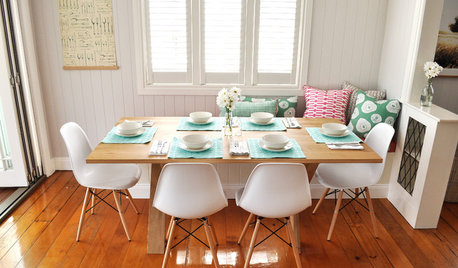
MOST POPULAR10 Strategies for Keeping Surfaces Clutter-Free
The universe wants your coffee table to become a clutter magnet — but you can fight back
Full Story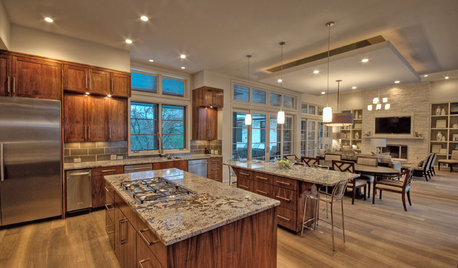
KITCHEN DESIGN7 Strategies for a Well-Designed Kitchen
Get a kitchen that fits your lifestyle and your design tastes with these guidelines from an architect
Full Story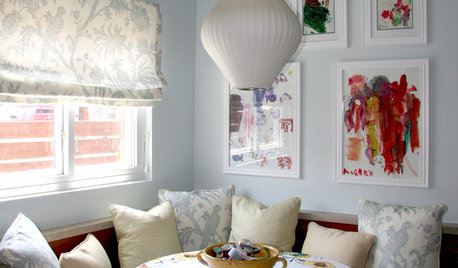
KIDS’ SPACESControl Kid Stuff the Sane Way — Artwork-Managing Strategies
Enlist your child's help in managing creative piles to set the stage for good habits and make organizing easier on you
Full Story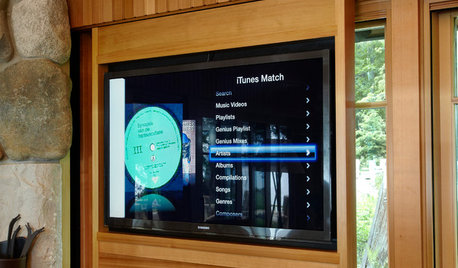
HOME TECHNew Strategies for Hiding the TV
Its easy to be discreet when you've got cabinets, panels and high-tech TV hiders like these
Full Story
HOUSEKEEPINGCan-Do Cleaning Strategies for Busy People
While you dream of having a maid (to go with the cook and chauffer), this simplified cleaning routine can keep your real-world home tidy
Full Story
UNIVERSAL DESIGNUniversal Lighting Design Strategies for 4 Key Home Areas
Brighten the way for eyes of any age with ambient and task lighting that supports safety and imparts beauty
Full Story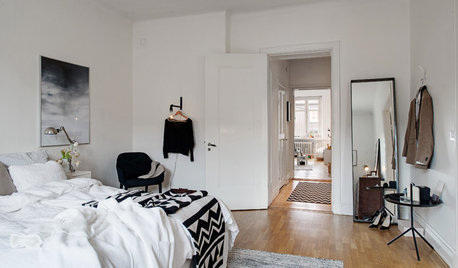
LIFE10 Strategies for Mastering Your Morning Routine
Conquer the habit of running late with these ideas for getting yourself — and your family — out the door on time
Full StorySponsored
Columbus Area's Luxury Design Build Firm | 17x Best of Houzz Winner!
More Discussions








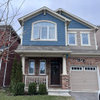

sombreuil_mongrel
sarahandbrayOriginal Author
Related Professionals
Bothell Painters · Davie Painters · East Bridgewater Painters · Elyria Painters · Holtsville Painters · Lathrop Painters · Mableton Painters · Vashon Painters · Fish Hawk Handyman · Brookline Flooring Contractors · Cedar Park Flooring Contractors · Del Aire Flooring Contractors · Orlando Flooring Contractors · Pompano Beach Flooring Contractors · Smyrna Flooring ContractorsChristopher Nelson Wallcovering and Painting